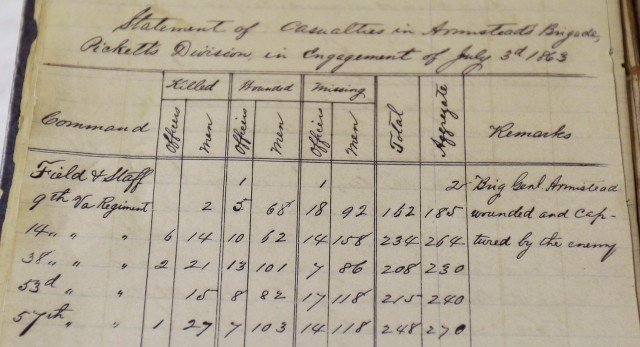
July 4th is a Bittersweet Week for an Old Military Family
… by Jim W. Dean, VT Editor
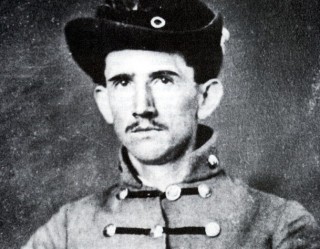
This week’s holiday brings mixed emotions for my family, from my mother’s ancestors who fought in the British in the Rev War and later the Yankees, which didn’t work out so well.
This week in July began the beginning of the end for the Confederacy when Vicksburg fell after the siege, and Lee’s Army was battered at Gettysburg and the ill fated Pickett’s charge.
Rev War Joseph Culpepper could never know that his grandsons and even sons would fight and die, in the camps of disease, on the battlefield, and in Yankee prisons.
Most were in the 40th Alabama Infantry, Co. C, as families and in-laws often joined up together into whatever unit was being filled at their local recruiting station.
Eight grandsons would surrender at Vicksburg and be paroled, but the unfortunate 20 year old Milburn was killed on July 3rd and lies in the Confederate cemetery close to a cousin in another unit. When visiting there ten years ago on Confederate Memorial Day I ran into a firing party who gave me a three volley salute for each of them.
The rest went on through the other campaigns, James Thomas and was wounded at Lookout Mountain on Nov. 24, 1863, and a brother-in-law Dennis Welch killed there. The rest went all through the Atlanta campaign and subsequent retreats.
Ambrose, Pickney, Benjamin, Hubert, Malachi and Matthew fought all the way to the and were paroled in May in North Carolina with some companies down to ten men.
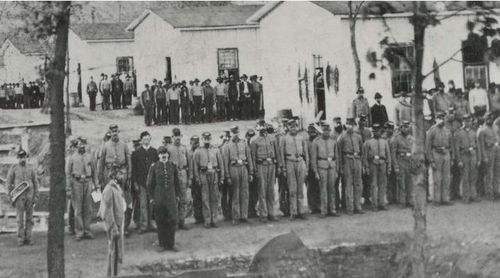
William did not come home. He died in Rock Island prison in Illinois, one of the Yankee Andersonvilles that history swept under the historical rug. The 17% death rate was low because many of those dying would be released to keep them off the statistics. Joel died November 4th , 1862 after coming home as an invalid from Rock Island. His estate consisted of just his back pay.
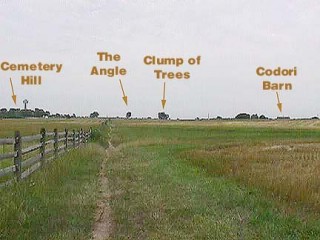
My Satterfield ancestors from mother’s father were less numerous. They had congregated in North Carolina mainly.
They were well off with on young E. Fletcher Satterfield and UNC graduate who came home to practice law, and by War’s time found himself in the 55th NC Infantry in Pickett’s charge on that terrible July 3rd.
He made it close to the Stone Wall where volley fire or canon shrapnel ended his life. Officers were stripped of anything of souvenir value so his body disappeared into an unknown common grave somewhere.
But he was fortunate than most who died that way as he stands tall on the Roxoboro County court house Confederate Monument to this day.
Fletcher is the only one I have even found with a photo in uniform. You will notice that he has a peculiar set of ears, a genetic hand me down trait that was passed down to my brother , who looked like Fletcher’s twin at that age.
Wendell lies in Arlington Cemetery, a retired Ranger Colonel that Agent Orange caught up with.
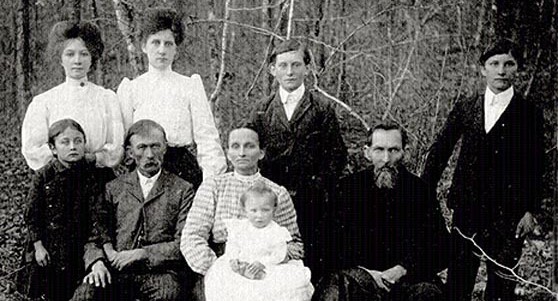
I have only one other CSA ancestor photo, of my direct ancestor Joel B. Culpepper. My grandfather ‘Adie’ is in the middle over Joel’s right shoulder. On the right is his brother Willie ‘Carlos’ who went on to be a WWI vet.
Adie went on to begat a son for WWII and Korea, my favorite Uncle George, a bachelor until his later years. He fought in the Battle of the Bulge and then later in the Chosin River campaign in Korea, as a forward artillery observer, a one man job back in those days.
I only got one conversation out of him on his war experiences when he was quite old, about 30 minutes. His main revelation about the Bulge was…cold. In the Chosin River he ended up laying airburst artillery on Chinese Infantry as they advanced in mass over open ground.
The American infantry had already retreated and they would leave the artillery to fire off all of their ammunition and then scoot.
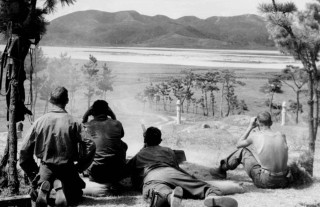
When I asked him how large were the formations he just said “thousands…”like ants coming”. I pushed him a bit further about what was it line bring airburst artillery on exposed troops like that.
He hesitated, and then said, “Like mowing the lawn, you go down one row, then turn to come back and do another. I later learned that he had had to take sleeping pills all of his life.
So my family does celebrate the day, but the 4th of July is really another Memorial Day for us.
Below is some archive material I found on Fletcher. He has a Sons of Confederate Veterans local chapter named after him, and I just learned tonight the University North Carolina has some of his war time letters in their archive.
Each year that goes by you can keep finding out more and more if you keep scratching around. We keep their memory alive by digging them up, learning more and more about them. And it helps give us some perspective in our own lives, which can be helpful.
It has made me…grateful, and less complaining. For those who have not done this I suggest you jump into the water. It is worth it.
___________________________________
Captain E. Fletcher Satterfield, 55th North Carolina Infantry
[Note: Post war memories of who went the furthest in Pickett’s Charge, itself misnamed because it was Longstreet’s charge actually, have many conflicting views, with units and States seeming to compete for the honor. I frankly have no idea as all of this is based on post war witness memories and they can be fuzzy or focused for a variety of reasons.]
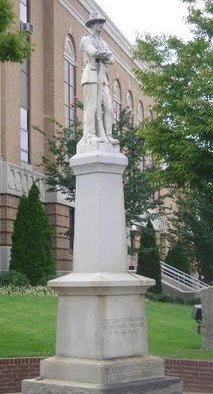
Civil War Confederate Officer. Green Daniel and Mary A. Satterfield of Roxboro, North Carolina became parents of a baby boy on June 17, 1837. The couple christened their new arrival, Edward Fletcher Satterfield.
Unbeknownst to them, this newborn son would become an immortal twenty-six summers later on a battlefield in Gettysburg, Pennsylvania. Edward grew to manhood in a privileged setting on the family’s plantation named “Jordan”.
He was provided a higher education at the University of North Carolina where he earned a law degree in 1858. He returned to Roxboro and began a livelihood as a lawyer.
He was successful in this profession, and his future promised to be one that was secure and promising. In his personal life, he almost certainly looked forward to a “happily ever after” life with his fiancée, a Miss Jennie Pearson.
Tragically, the American Civil War voided all of the expectations and dreams this young man may have had. The war started in the spring of 1861, and all North Carolinians who joined in the defense of the South in 1861 were volunteers. Satterfield was no exception.
With prior service in Company A, 24th North Carolina Infantry, Satterfield, with a lieutenancy commission, joined Company H, 55th North Carolina Infantry. He was promoted Captain on March 10, 1863.
Satterfield’s 55th North Carolina marched to Gettysburg, Pennsylvania as an element of the brigade commanded by Brigadier General Joseph Robert Davis of Henry Heth’s Division.
Now in Gettysburg, his regiment saw action on July 1, 1863, during which Satterfield escaped death and capture at the unfinished railroad cut. The North Carolinians again would see the glory of war two later days during a charge now known in history as “Pickett’s Charge”.
This charge would be a death-defying feat for each and every participant. A Confederate soldier recalled later:
“I never expected to get out alive when I went up in line of battle”. After a great cannonade, the command to advance was ordered. An awaiting Federal infantryman remembered the advancing Confederate “lines were unbroken and they looked in the distance like statues. On they came, steady, firm, moving like so many automatons”.
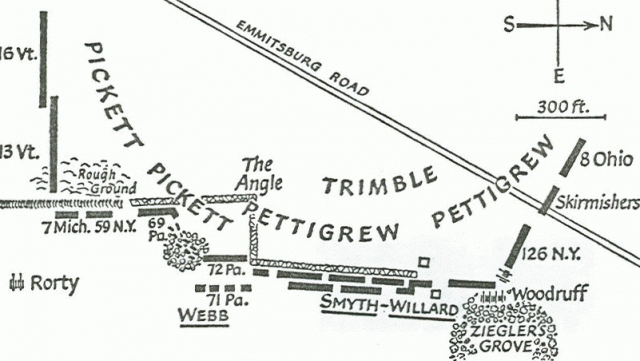
Amongst these thousands of southerners was Captain E. Fletcher Satterfield, leading roughly 70 members of Company H. The North Carolina officer tramped over the fields of the Bliss Farm, leaped the split railed fences bordering Emmitsburg Road and continued the onward push to the Union line in the vicinity of the Brien/Bryan barn.
In the words of a Union officer the Confederates “suffered terribly getting to us but they marched up like tigers keeping perfect line”. Satterfield is now close to his enemies at this time, and the balance of his life was mere minutes.
Had his parents seen what happened next, it would have devastated them. For their soldier boy was killed-in-action in an instant within 25-feet of the Union line.
Depending on the source one cites, he was killed either from shrapnel from artillery fire or a “buck and ball” volley from the 12th New Jersey Infantry. In the post-battle and post-war years, his fellow North Carolinians confidently proclaimed that he had occupied the furthermost position of all Confederates who participated in “Picket’s Charge”.
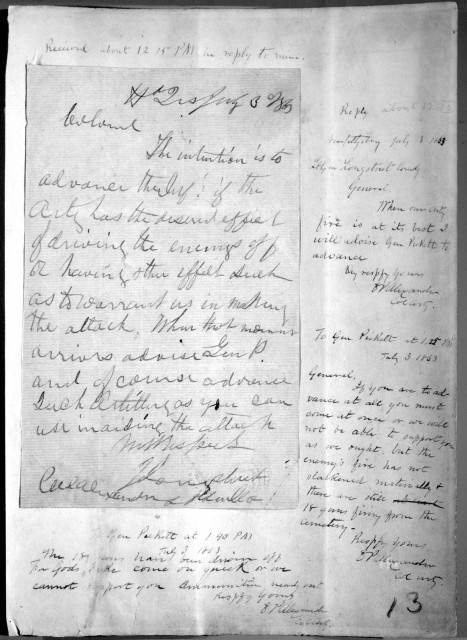
Satterfield’s lifeless body was likely shorn of all personal identification and insignia making it impossible for family or friends to claim his remains. Then his nameless form was consigned to a shallow trench with little dignity and rites. Exertions began in 1870 to locate, exhume and transfer the Gettysburg Confederate dead back South.
Alas, Satterfield’s name was not recorded as one who made this move. It is possible he was one of the many unknowns who were re-interred in Hollywood Cemetery in Richmond, Virginia or Oakwood Cemetery in Raleigh, North Carolina.
Nevertheless, his life, service and sacrifice are not forgotten. In his native Roxboro, North Carolina, a monument was erected in 1931 on the Persons County Courthouse lawn as a remembrance to those who served the Southern Confederacy.
Inscribed on the memorial are eight names, and atop the list is the name E. Fletcher Satterfield, the one who went “the farthest at Gettysburg”.
__________________________

Jim W. Dean was an active editor on VT from 2010-2022. He was involved in operations, development, and writing, plus an active schedule of TV and radio interviews.
ATTENTION READERS
We See The World From All Sides and Want YOU To Be Fully InformedIn fact, intentional disinformation is a disgraceful scourge in media today. So to assuage any possible errant incorrect information posted herein, we strongly encourage you to seek corroboration from other non-VT sources before forming an educated opinion.
About VT - Policies & Disclosures - Comment Policy



